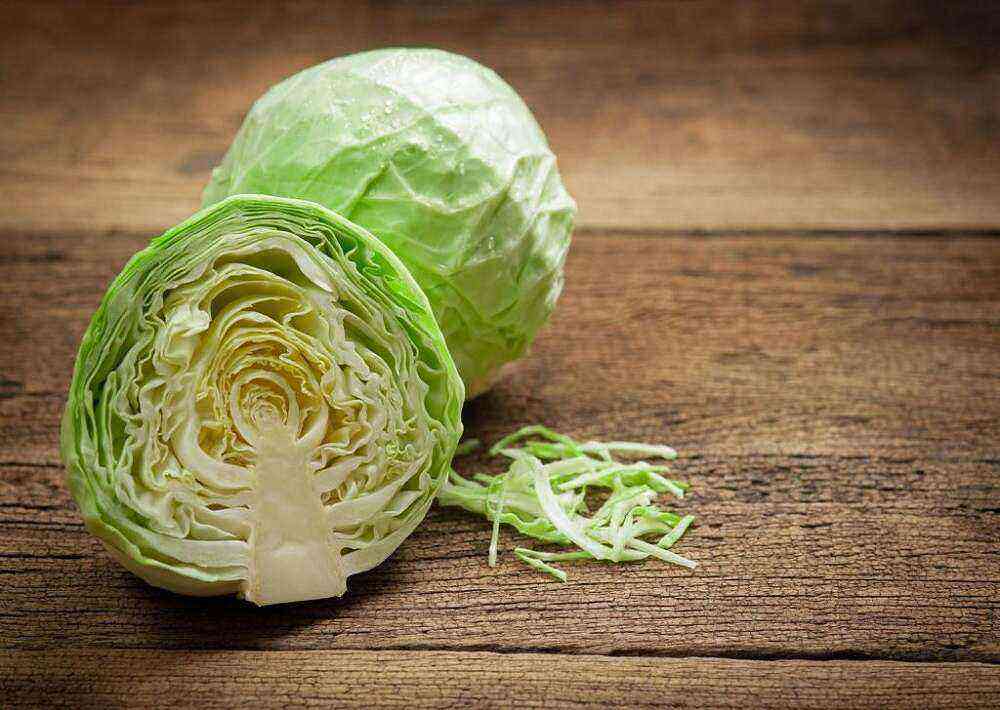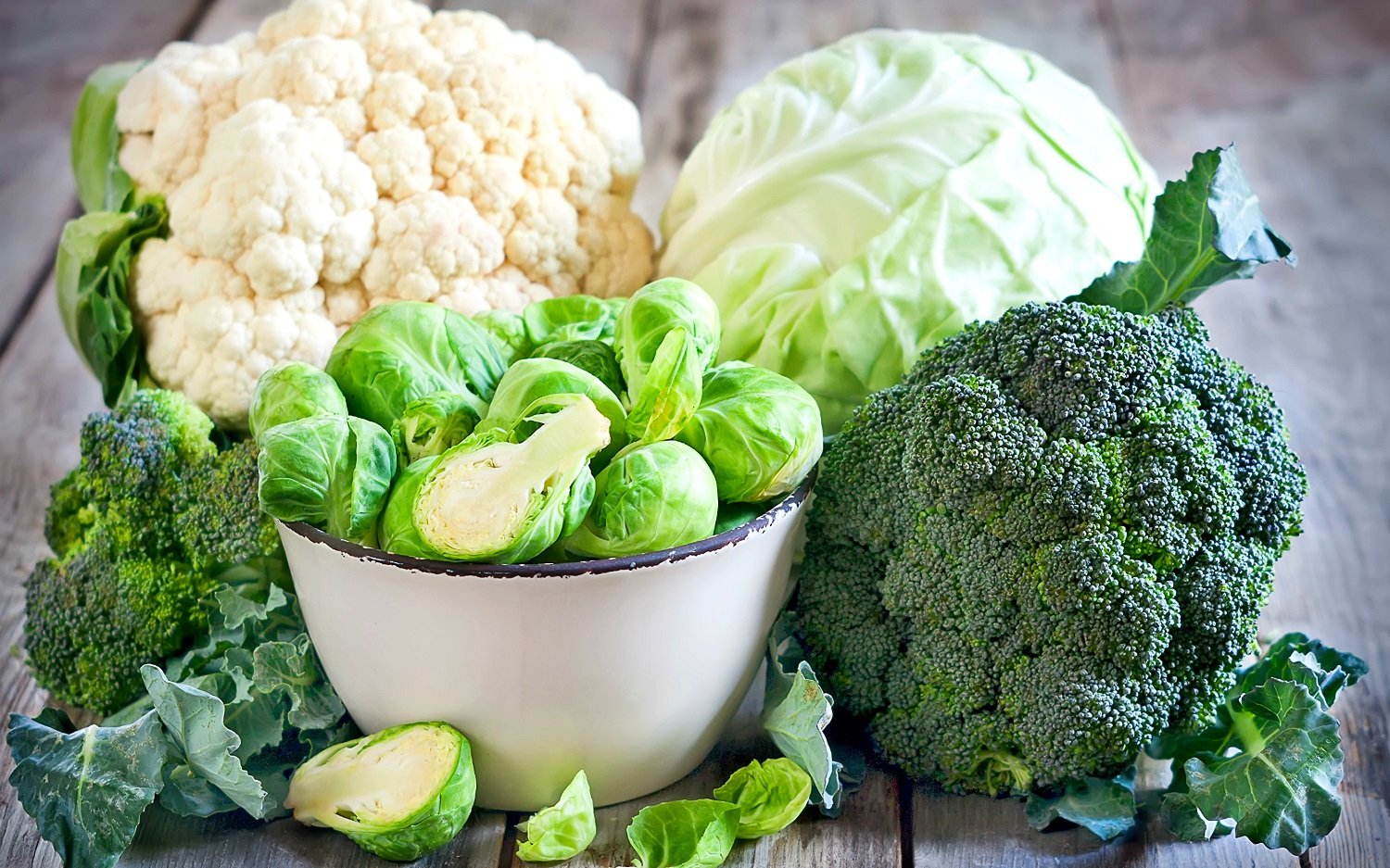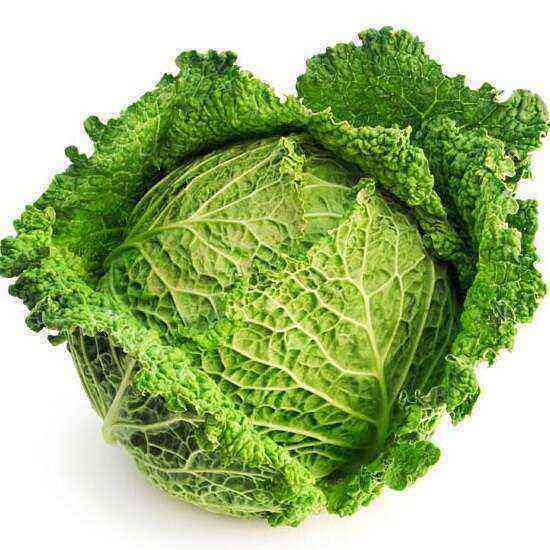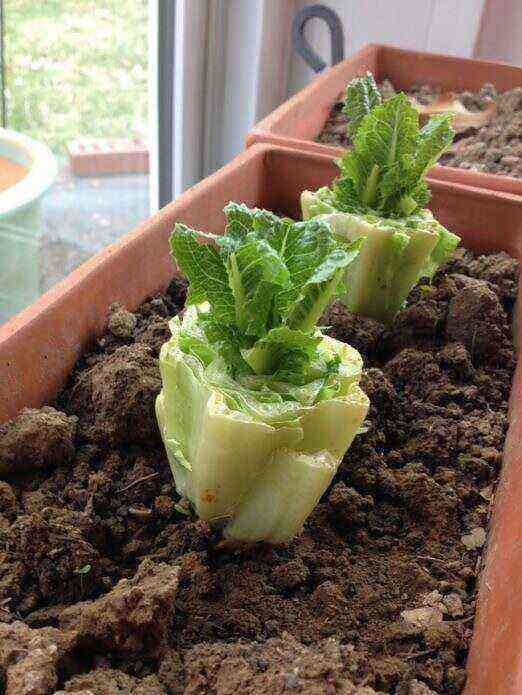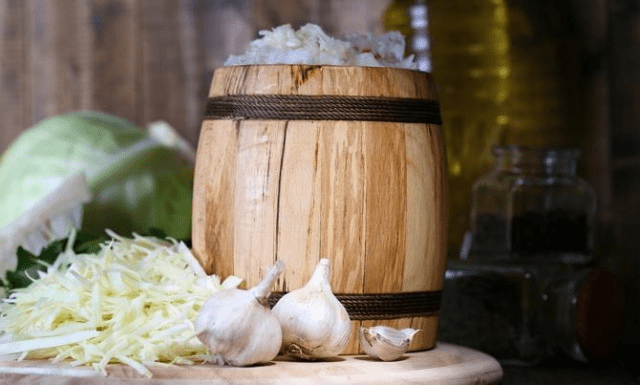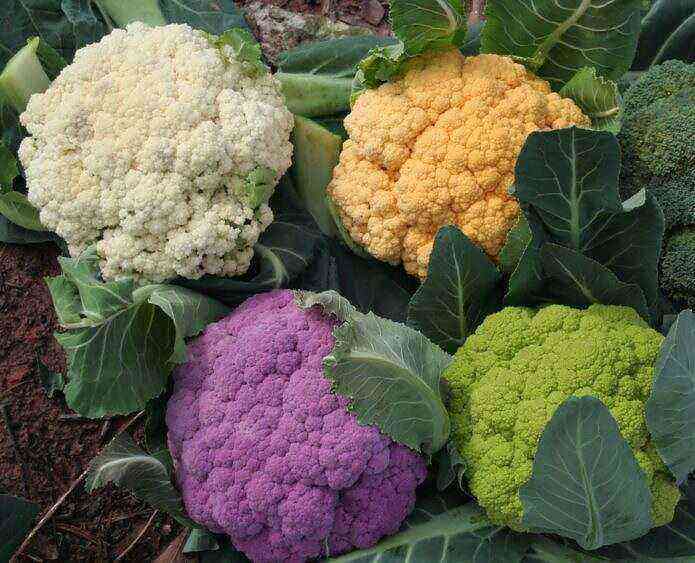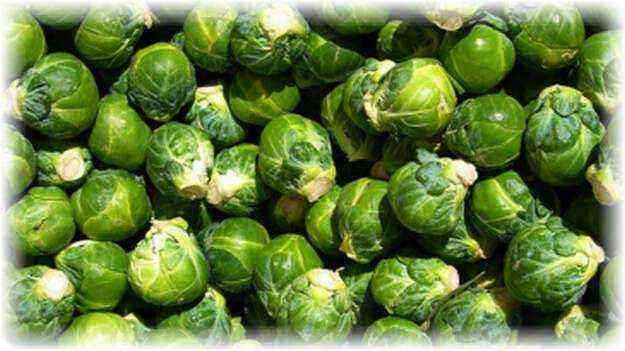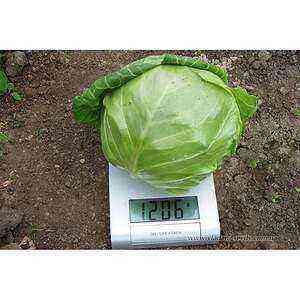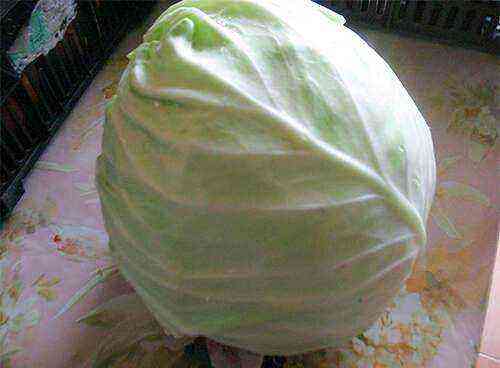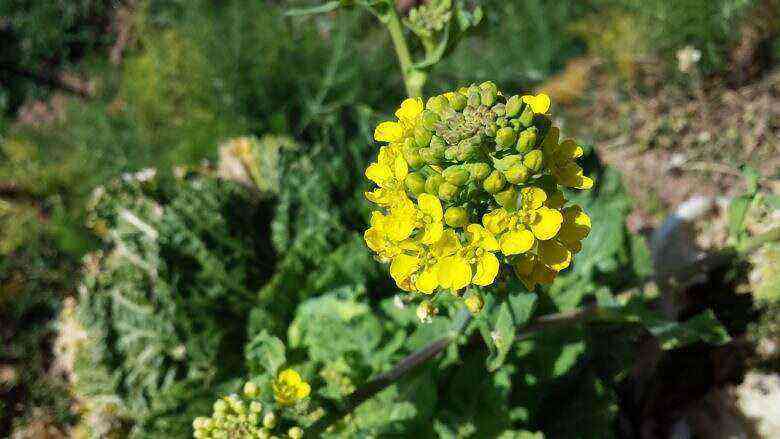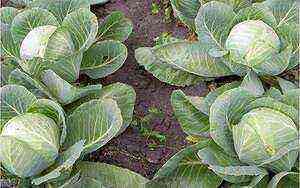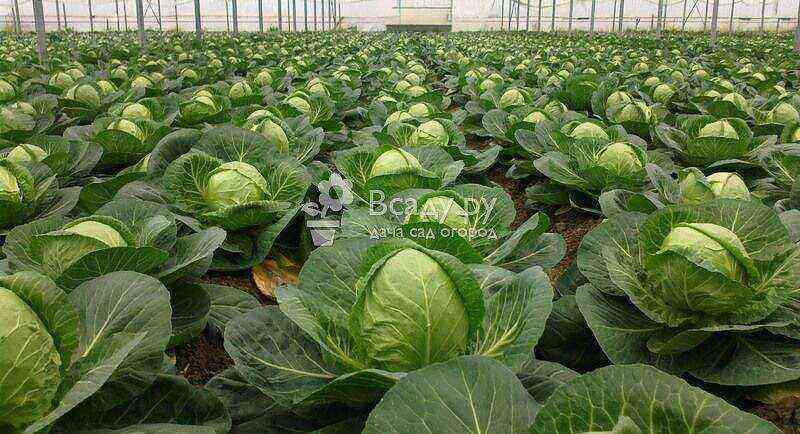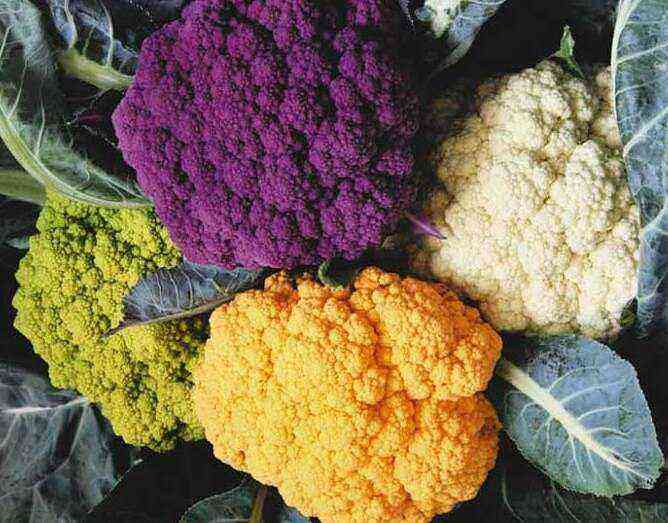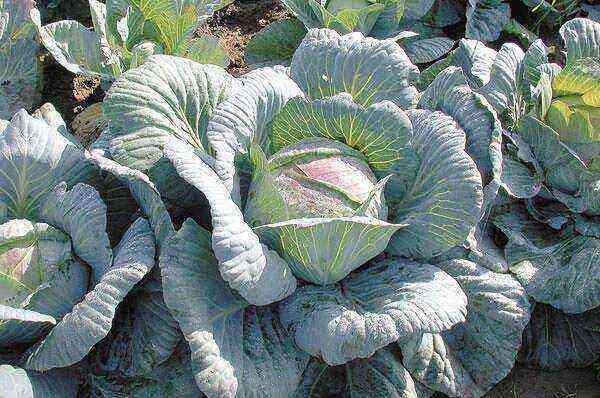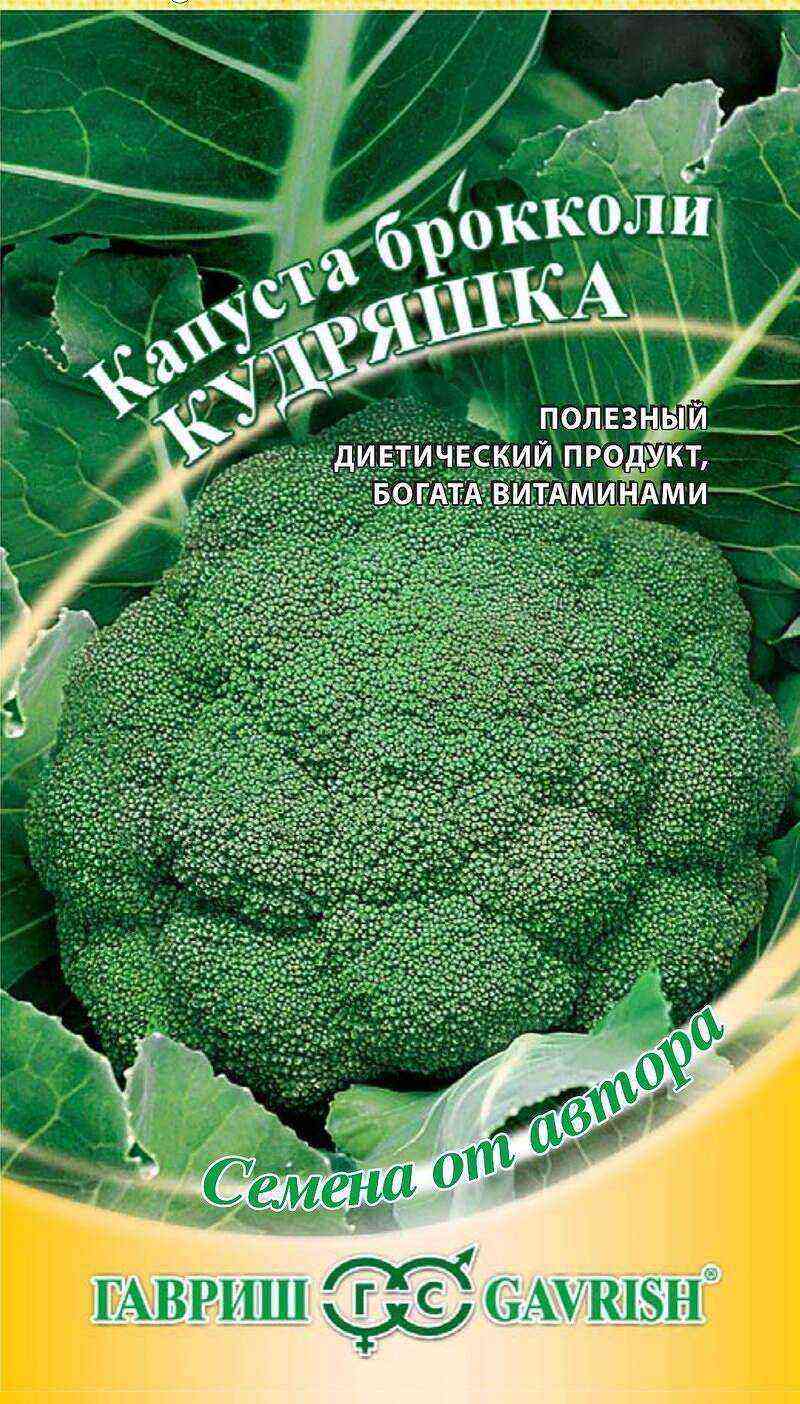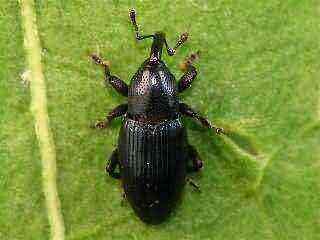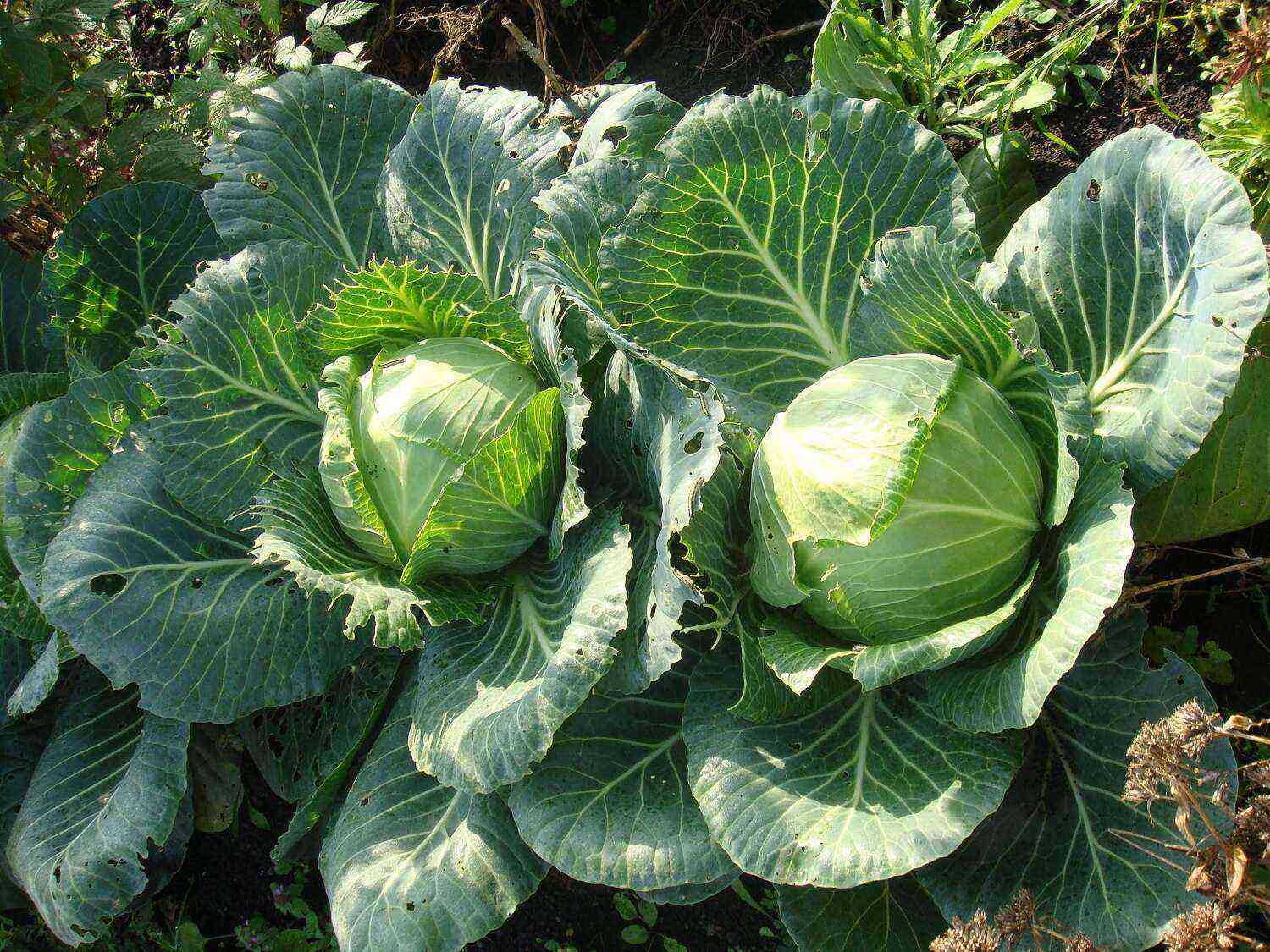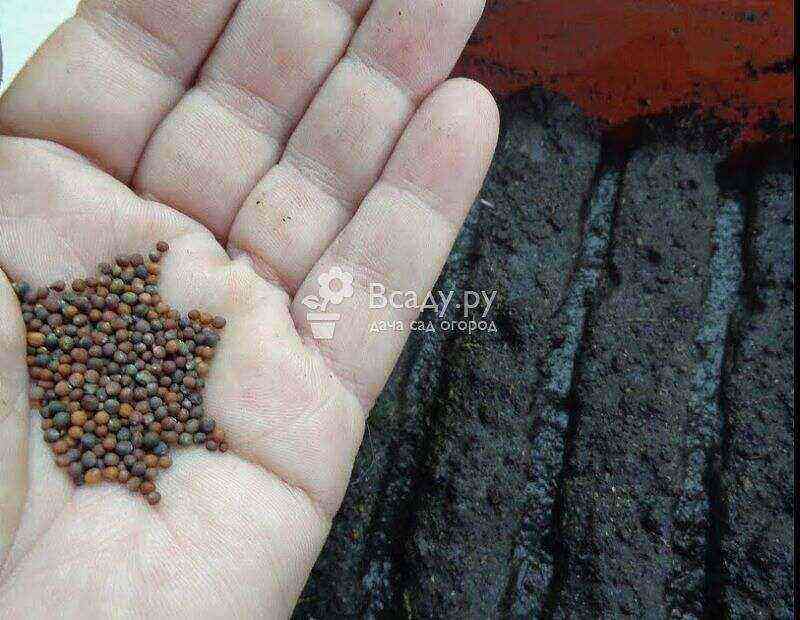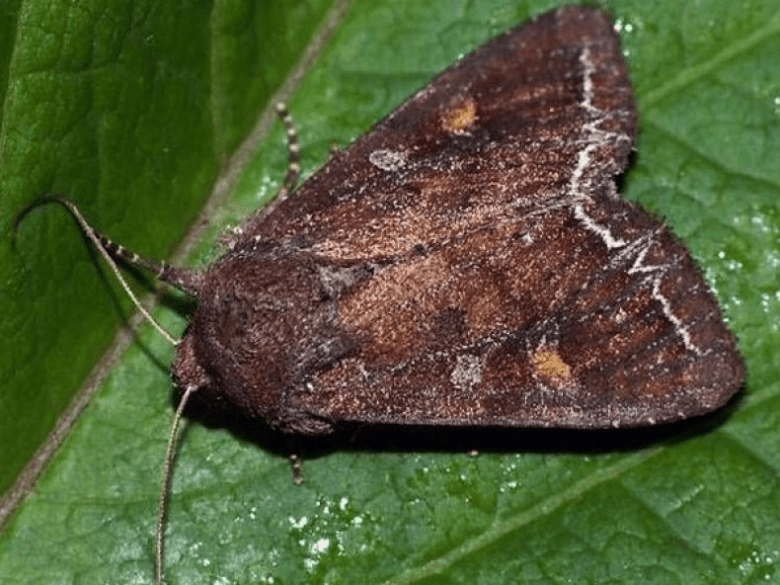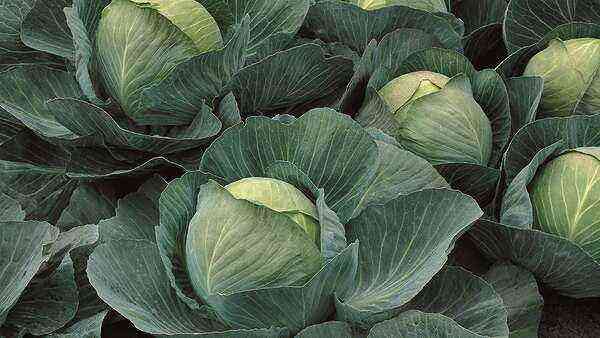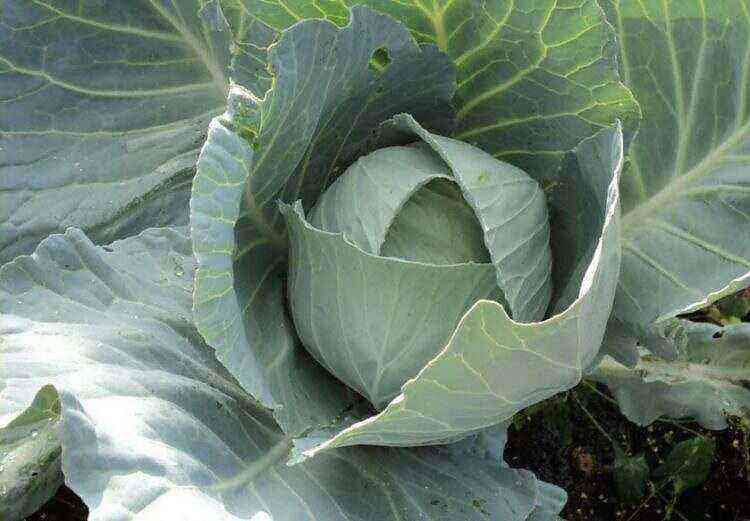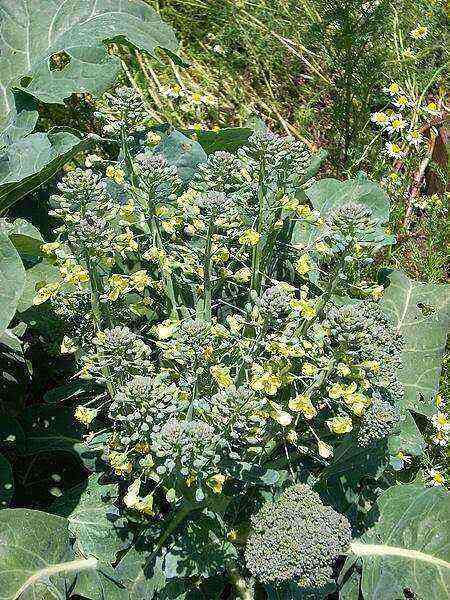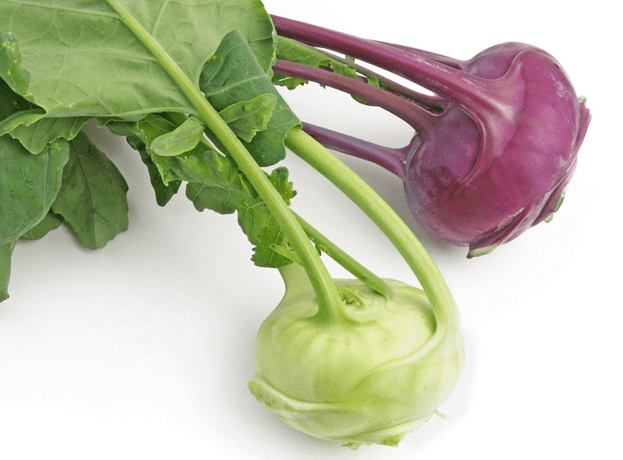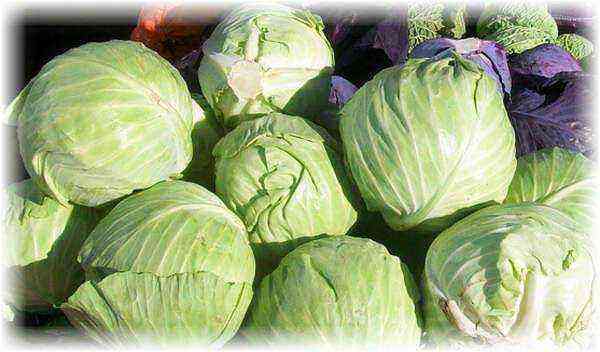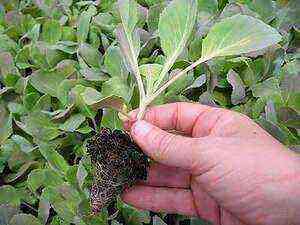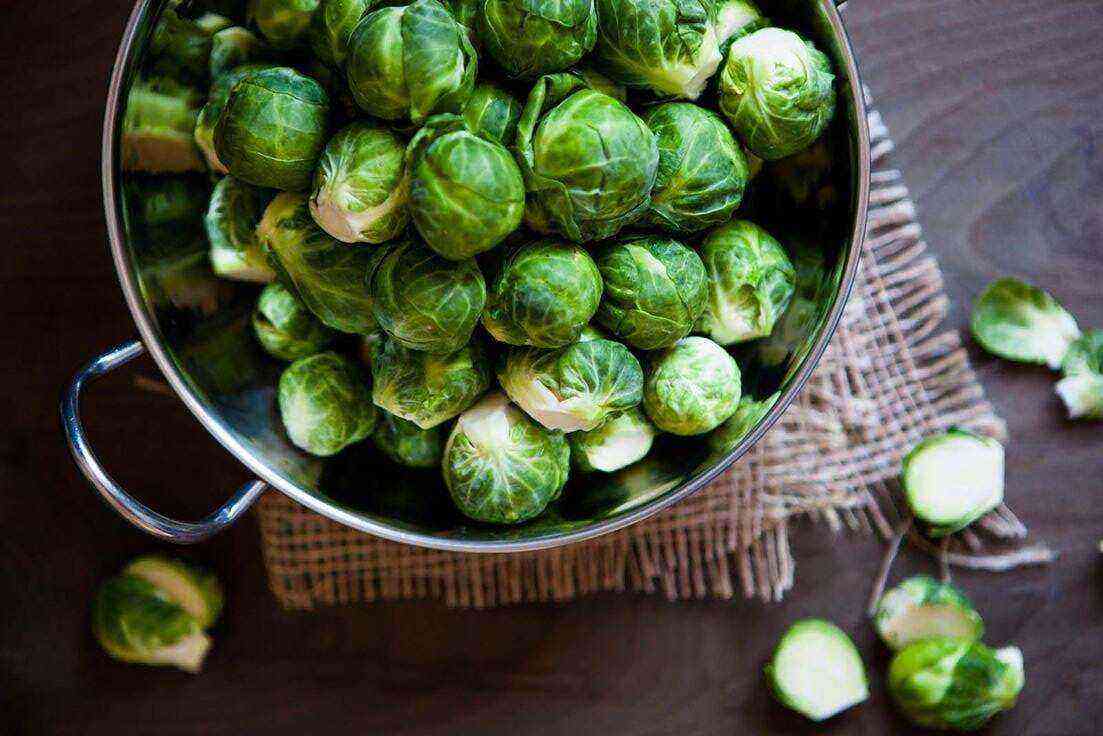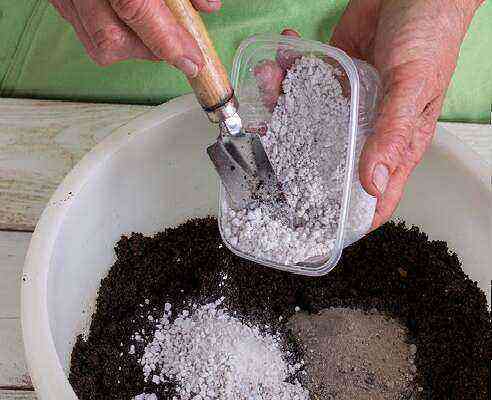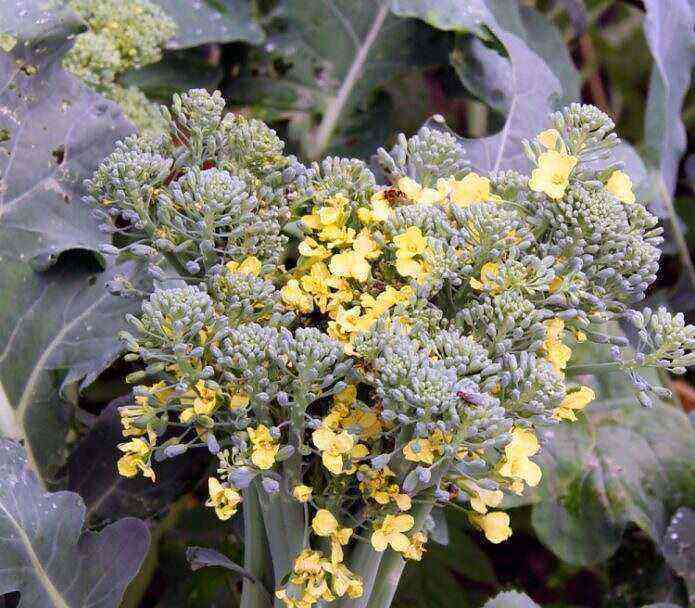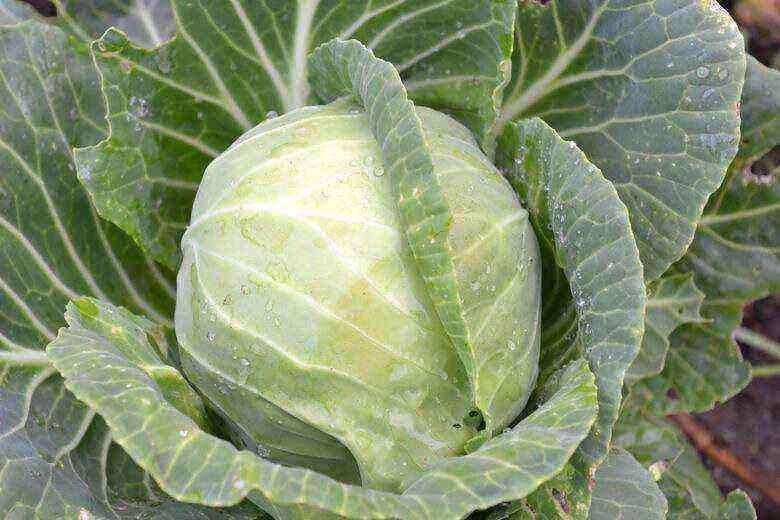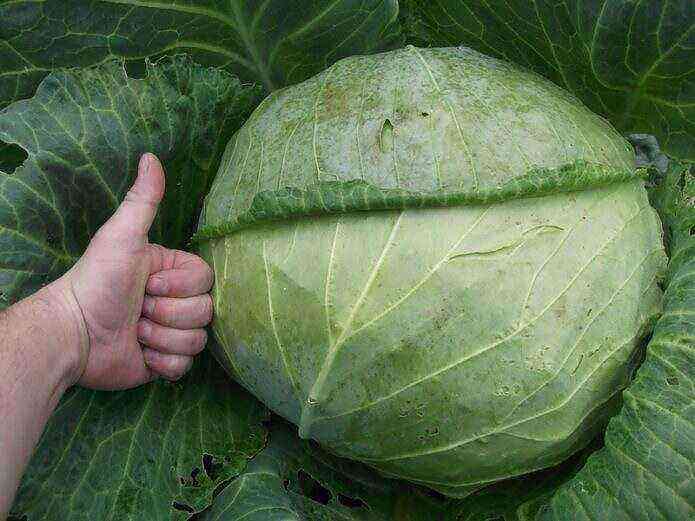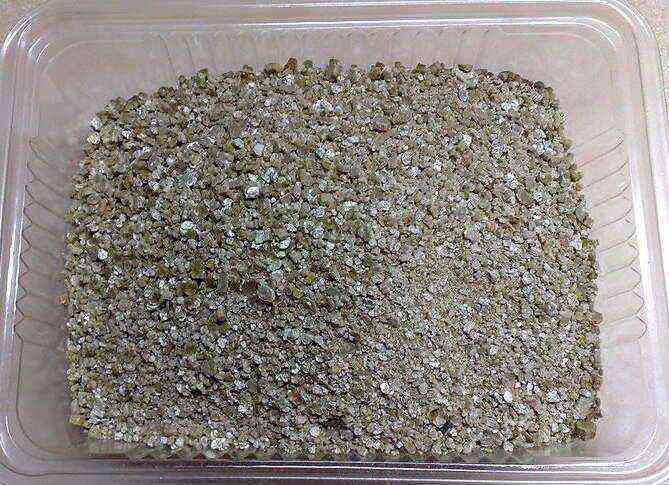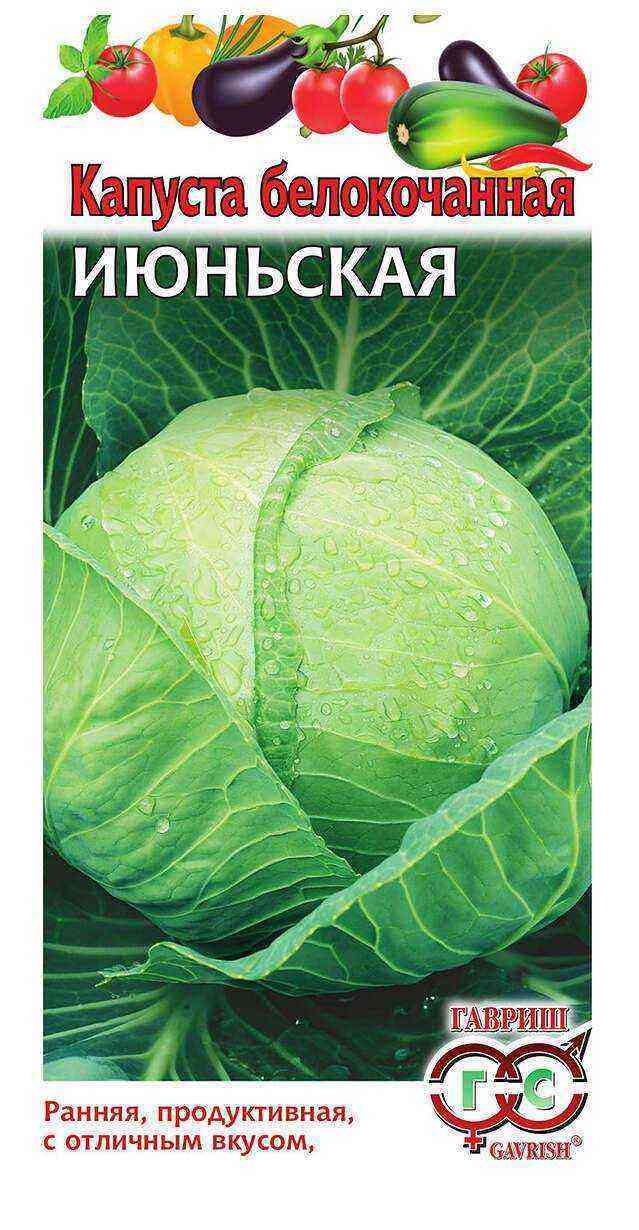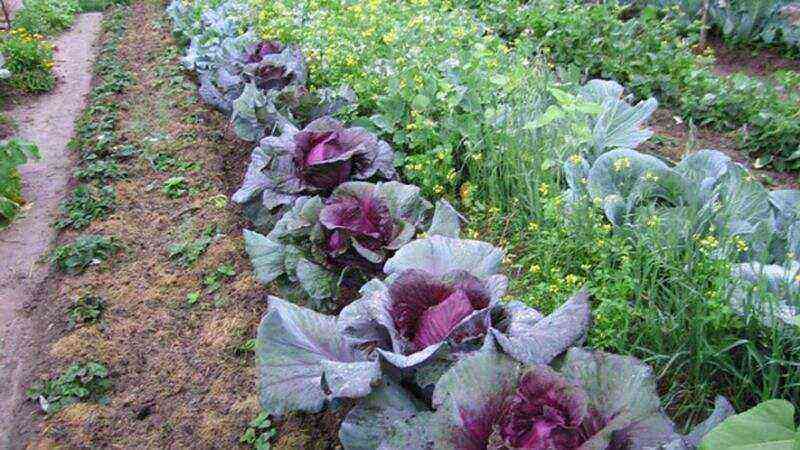A description of cabbage cultivation can be seen in the Egyptian papyri. And among the ancient Romans, a vegetable was a delicacy at all. In the 9th century, cabbage was first introduced to the territory of Ancient Russia.
Title History
Why is cabbage called cabbage? In general, the word cabbage arose from the combination of two Latin words that were taken by the ancient Slavs – “caputium” (cabbage) and “composita” (compound, difficult). The rounded shape is similar to the head of a person, which is why the word “caput” (head) is used in Latin. In ancient writings, the word copmosita is used to refer to certain vegetables with a huge number of crispy leaves.
Botanical description
Is cabbage a perennial plant or not? All varieties of this vegetable bloom for two years, only Chinese and colored – one year. Moreover, cabbage belongs to the grains of dicotyledonous plants. What are the characteristics of the plant?
How many chromosomes does a cabbage vegetable have? There are 9 pairs of chromosomes in the cells of this plant. Vegetable leaves are large, round, with rather large vessels, form a mesh.
What is the formation of a flower?
Inflorescences are yellowish or white, they are connected in leaves in the form of a brush. The fruits are created in the form of pods, are 15 cm long with small dark brown seeds. The root system is strong and branched.
Does the vegetable bloom?
In the first year, a young vegetable forms a small leg with leaves, and this formation is called a head. In the second year, oblong leaves up to 1,5 m with flowers are formed. Cabbage blooms only in the second year of its life. The vegetable is cultivated through seedlings, and the head is cut off in the first year and added to food. Therefore, few people know what the flowers of a vegetable look like.
Classification
What class of plants does cabbage belong to? The vegetable belongs to the cabbage family and belongs to the cruciferous or cabbage group. Most of all in demand in Eurasia, North Africa and Asia. Cabbage is considered a cultivated plant with more than 50 species. There are about 10 species growing in Russia.
What vegetables is it compatible with?
Not all vegetables get along equally well in the same garden. Plants that get along perfectly with cabbage: beets, legumes, potatoes, garlic, cucumber. It is better not to plant carrots and beans next to cabbage, but to plant them in a separate area.
Biological features
This plant has the following distinctive features:
High resistance to cold. Seeds grow at a temperature of 2-3 degrees. The suitable temperature for cultivation is 16-18 degrees. At temperatures above +25 degrees, the heads stop growing and the lower leaves are thrown back.
Cabbage is very fond of light, any shading provokes a strong lengthening of the stem and weakens the immune system to disease.
It is extremely important to create favorable light conditions, to plant seedlings at a great distance from each other, not to plant next to trees.
Cabbage requires a lot of water.
The vegetable becomes juicy and forms quickly when the soil moisture is 80%.
Cabbage is bad for a lack of water after sowing seedlings in an open area. Cabbage grows well on lands of various qualities, except for peat, clay, oxidized and sandy, since there are very few biological components in them.
The most productive are loamy soils, which retain moisture well. For a rich harvest, cabbage needs a huge number of nutrients, in particular – potassium, phosphorus, nitrogen. At the time of seedling, the vegetable requires nitrogen. At the time of head creation, cabbage consumes a lot of potassium.
Benefit and harm
All types of cabbage are composed of many valuable components. These are vitamins of different groups, trace elements, minerals. The benefits of taking this vegetable have been proven by many doctors and nutritionists. Cabbage can be eaten not only in its natural form, but also stewed and boiled. Despite the whole bouquet of valuable qualities of the vegetable, there are also negative sides. In particular, they affect various diseases. List of diseases for which cabbage is contraindicated:
All diseases of the intestines and stomach. If a person has high acidity of the stomach, intestinal cramps, ulcers, kidney diseases of all kinds.
High blood pressure.
Postoperative period.
With difficulties with the respiratory system.
When can cabbage be eaten with caution when:
Fetus. Despite the valuable qualities of the vegetable, the fruit cannot always be eaten with irritable intestines, liver and kidney diseases. If health problems constantly arise, then you can not eat fresh cabbage. Do not overdo it with this vegetable, as it promotes the formation of multiple gastric juices.
The juice. Cabbage juice is needed for colds. It can be combined with lingonberry berries. Brine is needed for everyone who has vitamin deficiency. But the juice should not be drunk by those who have stomach ulcers, colitis, kidney problems.
Leaves. The leaves are used not only in food, but also as compresses. It is necessary to attach a cabbage leaf with honey to the chest with lactostasis. This method is considered to be very effective in traditional medicine. At the time of breastfeeding, the intake of cabbage should be limited, since the vegetable affects the work of the stomach and intestines, and how well the feeding process will proceed depends on its normal functioning.
As food for different animals
Cabbage can be given to all animals: goats, sheep, cows. With great delight, this vegetable will be eaten by rodents – pigs, rats. Rabbits adore her, for them it is a real treat! But cats and dogs perceive cabbage as food. Although some owners add cabbage to meat when preparing food for dogs. Also, cats do not mind eating cabbage leaves.
Legends and facts:
If you eat cabbage, your breasts will grow. Taking cabbage will not affect breast size in any way, since breast size is formed at the genetic level. But cabbage really benefits the breast.
Vegetables contain a lot of calcium, more than milk. The rate of absorption of calcium by the human body from dairy products is 33%, from cabbage – 68%.
The vegetable has anticancer components. It can be a means of preventing oncology, as it contains glucocinolates, which form bioactive compounds that stimulate a family of enzymes that eliminate toxic substances.
Conclusion
Cabbage is the most popular vegetable in Russia due to its valuable qualities, ease of cultivation and ability to retain vitamins during long storage.
